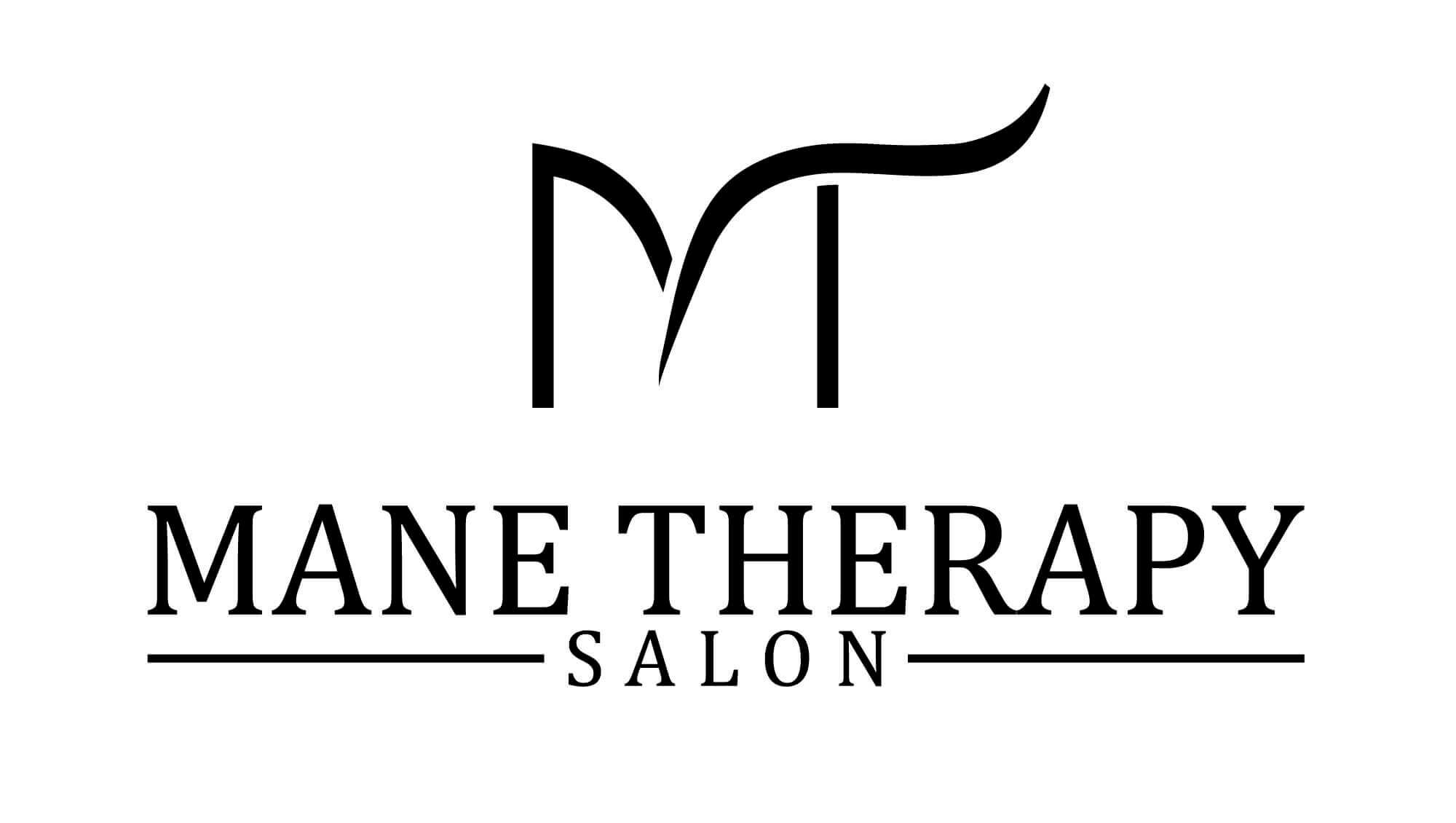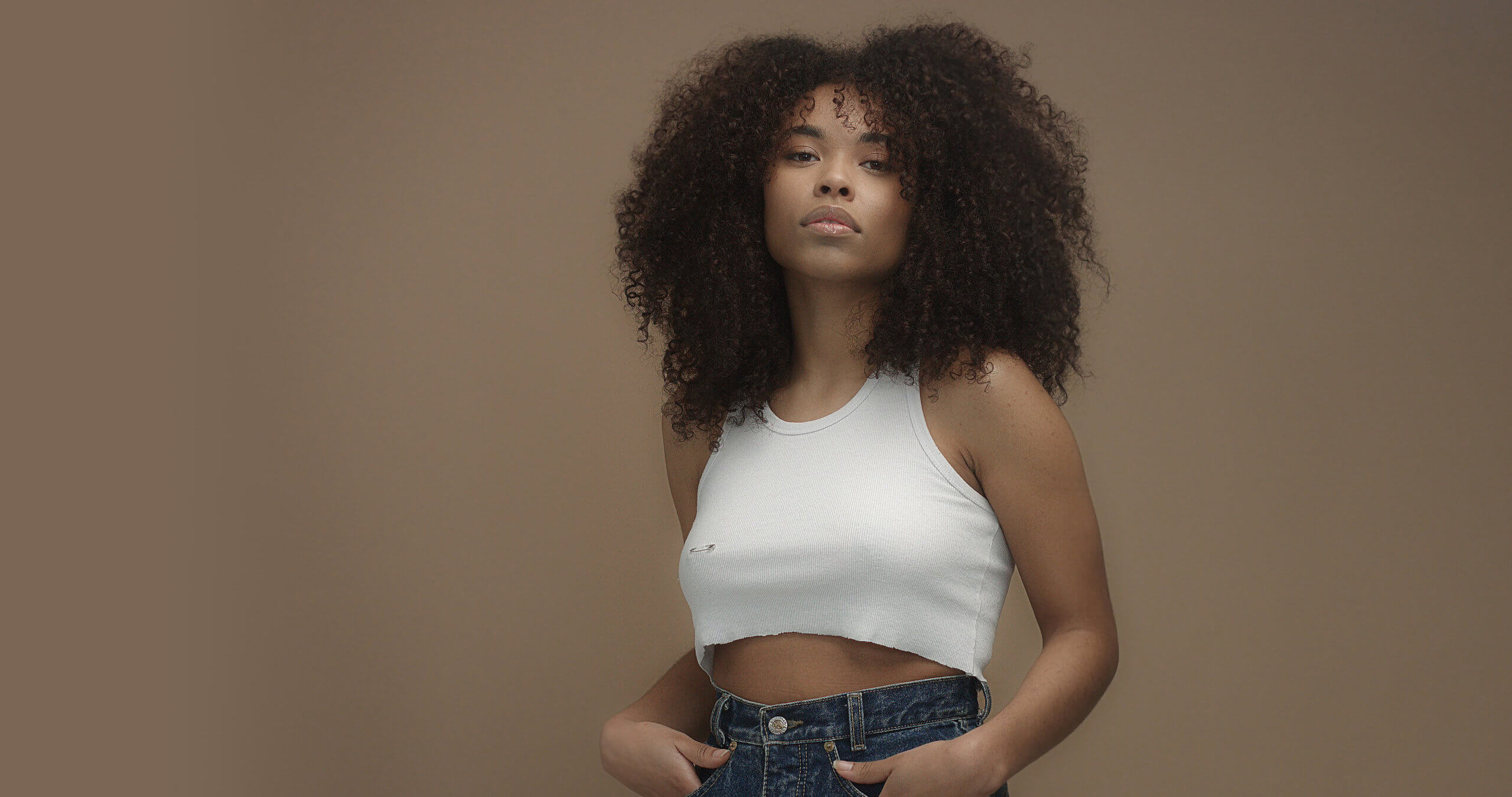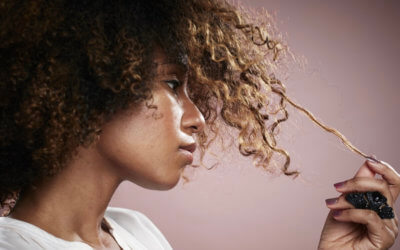Each hair strand has about seven to twelve layers of cuticle scales. The cuticle layers protect the inside of the strand, which is called the cortex.
In healthy hair, the scales should lie flat along the cortex. The acid mantle lubricates the outermost layer of the cuticle and reduces friction. Friction, as in combing and brushing, is one way in which the cuticle can be damaged.
- Broken hair. One of the most common causes of hair breakage is excessive stretching or traction. Hair subjected to excessive chemical processes, sun exposure and chlorine exposure may also exhibit breakage. The technical term for broken hair is abraded hair. One of the most common types of cuticle damage is called an abraded cuticle. Abrasion can result from brushing or manipulating the hair while styling it,especially when it’s still wet. Wet hair is more fragile than dry hair. Rubber bands, tight hair clips and braids can actually break the cuticle. So can wrapping can wrapping hair too tightly around a roller.
- Split ends. The technical terms for split ends are fragilitis crinium, brittle hair or trichoptilosis. Split ends start as small cracks in the cuticle that deepen into the cortex. Eventually the hair is split entirely.
- Matting. Excessive matting, called silica polonica, is characterized by a mass of hair strands tangled together in a mat that cannot be separated.
- Nodules. Or knotted hair, is characterized by the presence of lumps or swelling along the hair shaft. These lumps are broken or partly broken places on the hair shaft . They can be caused by poorly performed chemical services, mechanical damage from curling irons or backcombing or by an inherited defect in the hair’s certain protein structure.





0 Comments